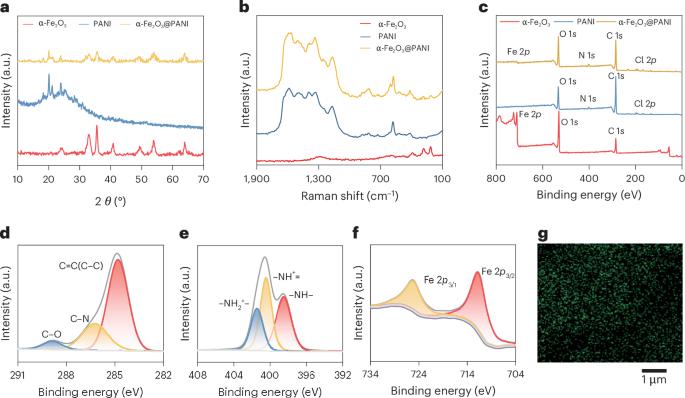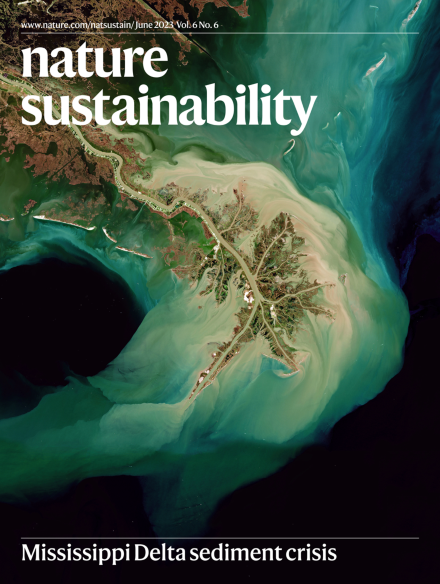太阳能强化低温生物废水处理
IF 27.1
1区 环境科学与生态学
Q1 ENVIRONMENTAL SCIENCES
引用次数: 0
摘要
废水生物处理是保护水环境的重要手段。然而,微生物代谢中的酶活性受到低温的抑制,使得BWT在寒冷环境中的实施具有挑战性。本文提出了一种利用光热载体(ptc)将光热技术与BWT相结合,赋予BWT设施低温运行弹性的策略。具体来说,α-Fe2O3@polyaniline被涂覆在PTC上的高导电性SiC陶瓷基体上,形成细菌定植的功能分区。ptc上层具有交错多孔结构和光热功能,提供稳定的能量转换和光屏蔽。向下传导的热量在PTC下层形成了一个亲中温的无光区,导致高热传导和生物亲和性。因此,厌氧氨氧化菌(可持续生物wt的关键生物群系)可以在这些ptc中富集,其丰度增加21.4%,生物量增加2.2倍。在0.6 kW m−2照明条件下,在低温(15°C)下使用ptc的BWT设施的脱氮性能比不使用ptc的情况高5.8倍。总的来说,这项工作展示了如何利用太阳能来增强BWT对低温的恢复能力,提高BWT在寒冷地区的适用性。低温环境下的生物废水处理具有很大的挑战性,因为低温会抑制微生物代谢中的酶活性。这项工作提出了一种将生物废水处理与光热技术相结合的策略,以提高其对低温的恢复能力。本文章由计算机程序翻译,如有差异,请以英文原文为准。

Solar-enhanced low-temperature biological wastewater treatment
Biological wastewater treatment (BWT) is critical to safeguard the aqueous environment. However, enzyme activities in microbial metabolism are inhibited by low temperatures, making BWT implementation in cold environments challenging. Here we propose a strategy to endow BWT facilities with low-temperature operation resilience by integrating photothermal technology with BWT using photothermal carriers (PTCs). Specifically, α-Fe2O3@polyaniline was coated onto a high-conductivity SiC ceramic matrix on a PTC, forming functional partitions for bacterial colonization. The upper layers of the PTCs have an interlaced porous structure and photothermal functions, which provided stable energy conversion and light shielding. The heat conducted downward formed a mesophilic, lightless zone in the lower PTC layers, resulting in high thermal conduction and bioaffinity. Consequently, anammox bacteria, a key biome for sustainable BWT, can be enriched in these PTCs, as evidenced by a 21.4% increase in abundance and a 2.2-fold increase in biomass. With the use of PTCs in a BWT facility under 0.6 kW m−2 illumination, the nitrogen removal performance at low temperature (15 °C) was 5.8 times higher than the case without the use of PTCs. Overall, this work shows how solar energy can be used to enhance the resilience of BWT to low temperatures, improving the applicability of BWT in cold regions. Biological wastewater treatment is greatly challenging in cold environments as low temperatures inhibit enzyme activity in microbial metabolism. This work presents a strategy that integrates biological wastewater treatment with photothermal technology to improve its resilience to low temperatures.
求助全文
通过发布文献求助,成功后即可免费获取论文全文。
去求助
来源期刊

Nature Sustainability
Energy-Renewable Energy, Sustainability and the Environment
CiteScore
41.90
自引率
1.10%
发文量
159
期刊介绍:
Nature Sustainability aims to facilitate cross-disciplinary dialogues and bring together research fields that contribute to understanding how we organize our lives in a finite world and the impacts of our actions.
Nature Sustainability will not only publish fundamental research but also significant investigations into policies and solutions for ensuring human well-being now and in the future.Its ultimate goal is to address the greatest challenges of our time.
 求助内容:
求助内容: 应助结果提醒方式:
应助结果提醒方式:


